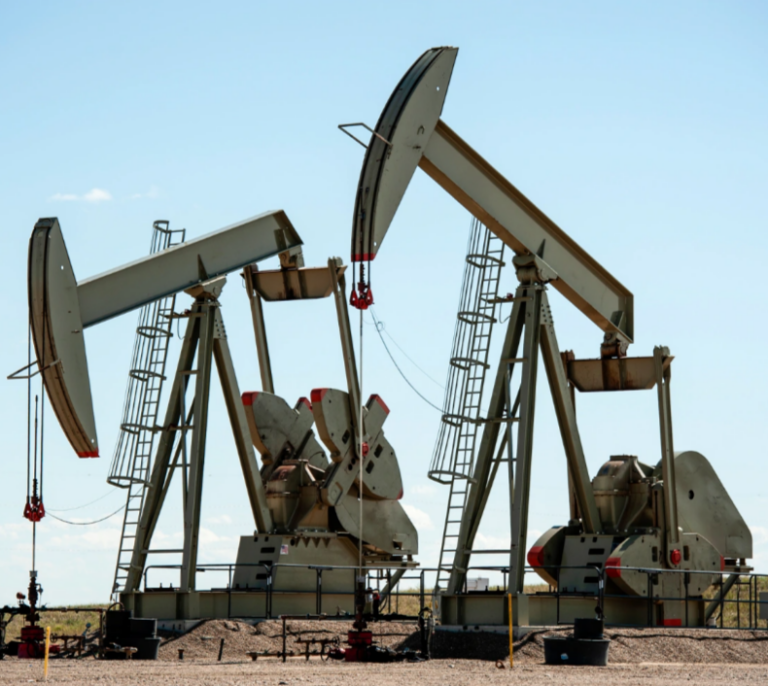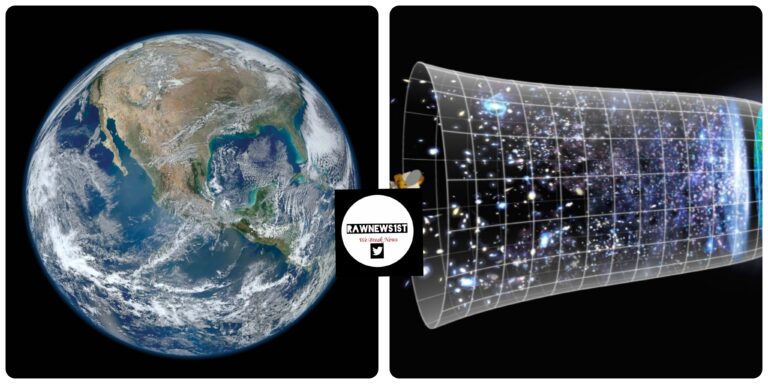
June 20, 2021 – 12:20 p.m.
The West is sweltering, and the East is steamy, too, just in time for the summer solstice. Sunday marks our longest day and shortest night of the year and the first “official” day of summer in the Northern Hemisphere.
This year’s solstice straddles two calendar days, arriving at 11:32 p.m. Eastern time on June 20. In North America, Sunday will bring the most daylight, while in Europe and Asia, Monday will technically be the longest day of the year, though just by a few seconds.

What happens on the solstice?
Humans throughout history have celebrated the summer solstice with rituals such as bonfires and ceremonial dances to mark the passage of the seasons.
On the June solstice, the sun’s vertical rays strike the Tropic of Cancer, a line of latitude 23.5 degrees north of the equator. Geographically speaking, it’s the northernmost point where the sun appears straight overhead (90 degrees above the horizon) all year. In the Northern Hemisphere, daylight reaches its annual peak, and the sun takes its longest and highest path through the sky.
The reason we have solstices, and seasons, is because Earth doesn’t orbit the sun completely upright. Instead, our planet is tilted on its axis by about 23.5 degrees, which means one hemisphere receives more of the sun’s light and energy at different times of year.
On the June solstice, the Northern Hemisphere leans most toward the sun, giving us longer days and more intense sunlight. It’s the opposite in the Southern Hemisphere, where June 21 marks the start of winter and the shortest day of the year.
Daylight hours on the solstice

In the Northern Hemisphere, the length of day depends on how far you live from the equator. In Washington, the sun is up for 14 hours and 54 minutes on June 20, rising at 5:42 a.m. and setting at 8:36 p.m.
Locations to our north see even more daylight. New York, Boston and Chicago all see over 15 hours of daylight on the solstice, while in Seattle, the sun is up just shy of 16 hours.
The map above, created by climatologist Brian Brettschneider, illustrates how much daylight varies across the Northern Hemisphere. Each red circle is a distinct line of latitude and represents a 30-minute increase or decrease in daylight. Cities connected by the same line have the same number of daylight hours. For example, London and Paris both see more than 16 hours of daylight on June 21 — more than most of the contiguous United States.
Northernmost sunrise and sunset
The word “solstice” comes from the Latin word solstitium, which means “sun standing still.” On the June solstice, the sun’s daily northward movement in the sky appears to pause, and we see the sun rise and set at its northernmost points on the horizon. After the solstice, the position of sunrise and sunset slowly begin to shift southward again.
Our northern-oriented sunrises and sunsets mean the sun takes a steep climb through the sky. In Washington, the sun climbs 74.5 degrees above the horizon at solar noon (1:09 p.m.) on the solstice, the highest it gets all year.
You’ll see evidence of the sun’s intensity just by looking at your shadow. As the sun appears nearly overhead, your midday shadow on the summer solstice will be the shortest of the year.
Earliest sunrise and latest sunset not on the solstice
While the summer solstice has the longest day length, it’s not when we see our earliest sunrise or latest sunset. In Washington, the earliest sunrise (5:42 a.m., calculated precisely to the second) occurred June 14, according to timeanddate.com. Meanwhile, our latest sunset (8:37 p.m.) is not until June 27. We can thank Earth’s tilt and our elliptical orbit around the sun for this astronomical misalignment.





